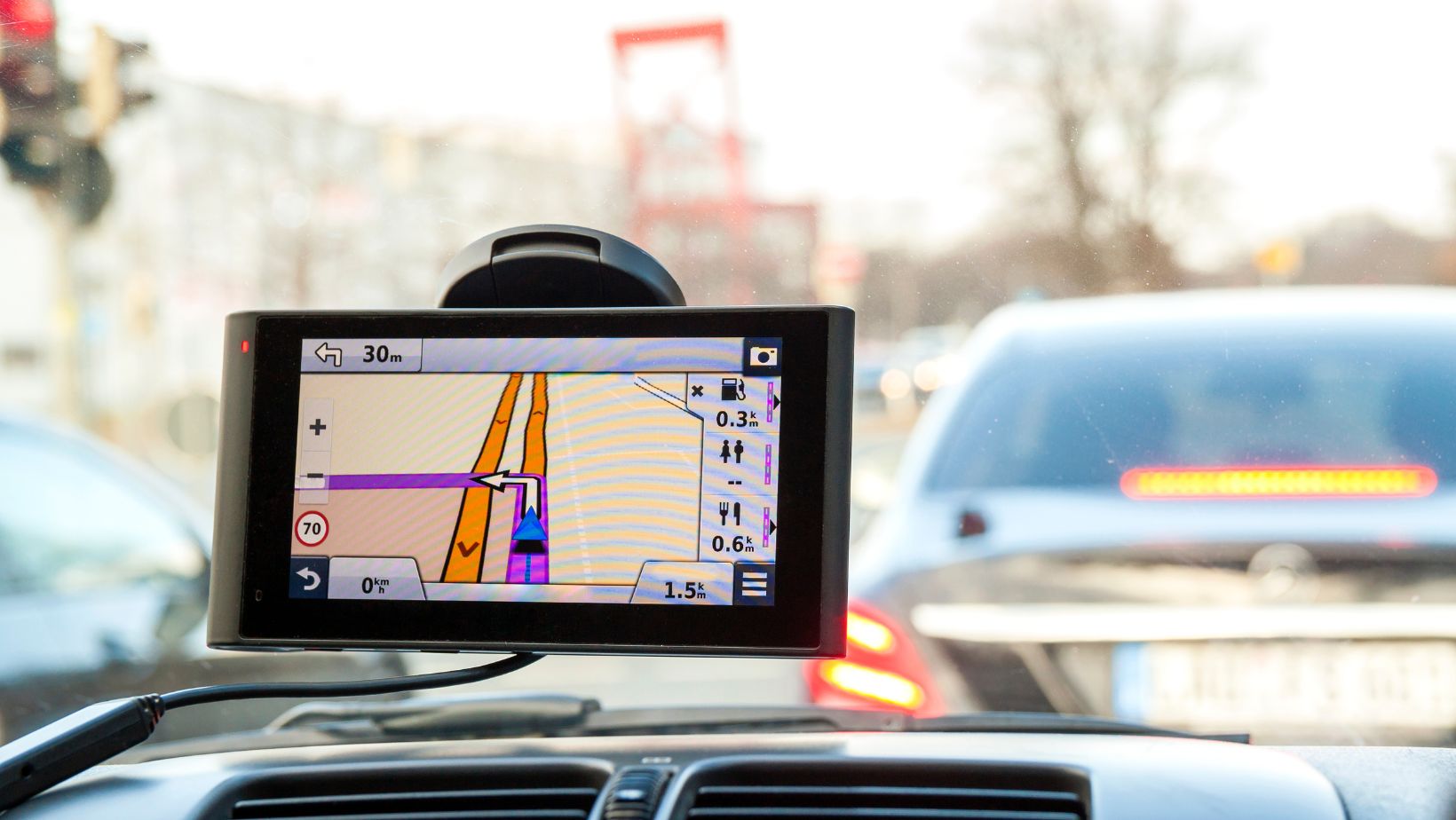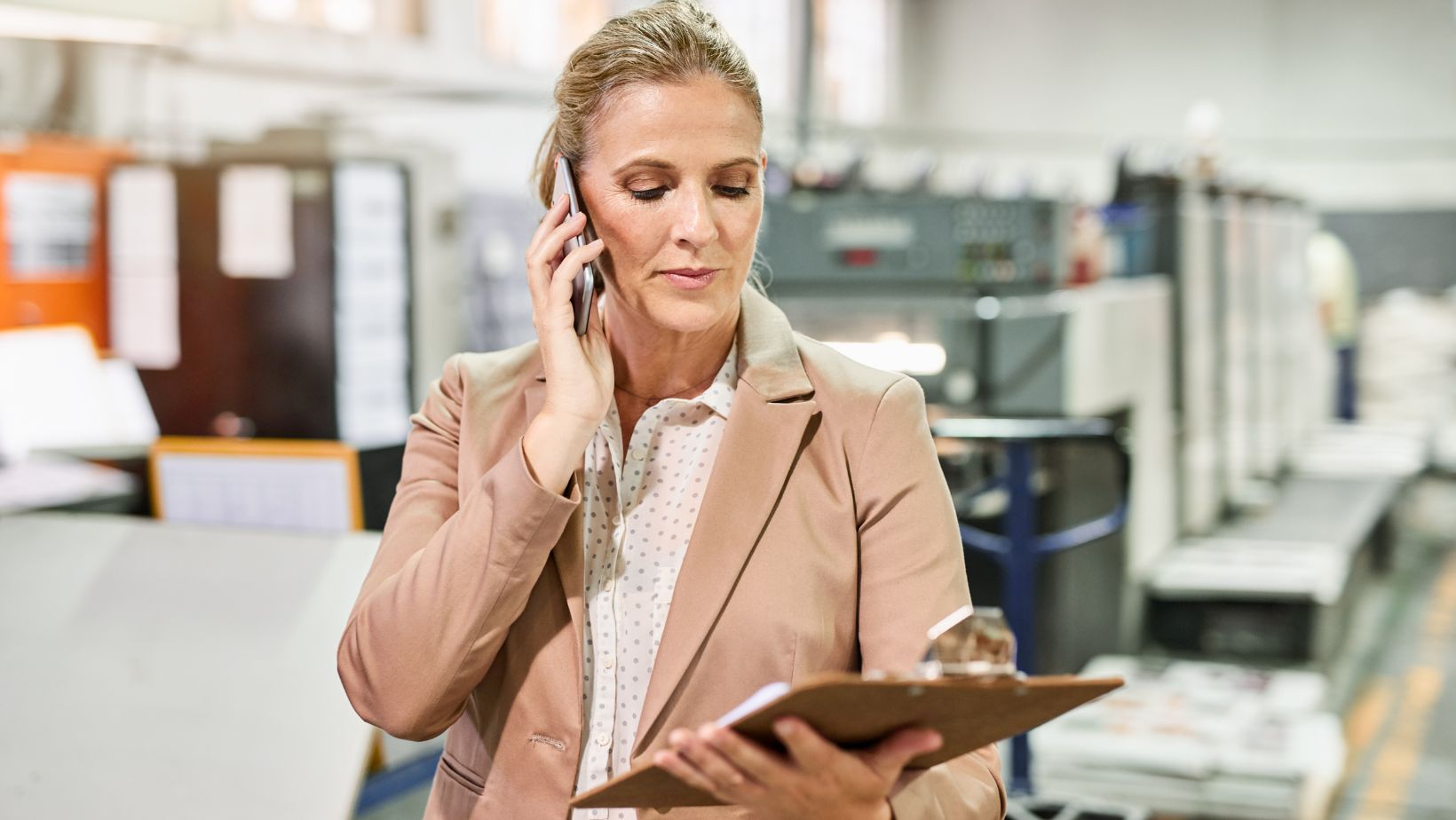Planning a vacation is exciting, but there’s always that tiny speck of worry in the back of your mind: What if your luggage gets lost? Fortunately, with the advancement of technology, there’s a solution to put your mind at ease – luggage tracking devices. These tiny gadgets are revolutionizing the way we travel and ensuring that you never have to experience the stress of misplaced or lost luggage again.
Imagine being able to track the exact location of your bags in real-time right from your smartphone. No more waiting in long lines at the airport lost and found, no more frantic calls to airlines, and no more missing out on the first precious hours of your vacation. With a luggage tracking device, you can have peace of mind and focus on what really matters – enjoying your trip.
But how do these devices work? Which ones are the best on the market? And how can they benefit you during your travels? In this article, we will explore the world of luggage tracking devices, their features, and how they can save your vacation. So sit back, relax, and let technology take care of your luggage while you make unforgettable memories.
The Importance of Tracking Your Luggage While Traveling
Losing your luggage can turn a dream vacation into a nightmare. Whether it’s due to mishandling by airlines, theft, or simply misplacement, the consequences can be frustrating and time-consuming. That’s where luggage tracking devices come in. These devices offer a simple and effective solution to ensure that your bags are always within reach.
By tracking your luggage, you can stay informed about its exact location, even if it gets separated from you during transit. This peace of mind allows you to focus on the more enjoyable aspects of your trip, knowing that your belongings are safe and sound. It also eliminates the need to spend hours at the airport lost and found department, filling out paperwork and hoping for the best.
Furthermore, luggage tracking devices can be a lifesaver in case of theft. By having real-time updates on your bag’s location, you can provide accurate information to authorities, increasing the chances of recovery. In the unfortunate event that your luggage is not found, having a tracking device can help streamline the insurance claim process, ensuring a smoother resolution.
In summary, tracking your luggage while traveling is crucial for a stress-free vacation. It allows you to stay in control, eliminates unnecessary hassle, and provides peace of mind throughout your journey.
Types of Luggage Tracking Devices
When it comes to luggage tracking devices, there are several options available on the market. Each device has its own unique features and capabilities, catering to different needs and preferences. Here are some of the most common types of luggage tracking devices:
- GPS Trackers: GPS trackers like the one offered by Family1st use Global Positioning System technology to pinpoint the exact location of your luggage. These devices are highly accurate and provide real-time updates on your bag’s whereabouts. GPS trackers also come with additional features such as geofencing, which alerts you if your bag moves beyond a set boundary.
- Bluetooth Trackers: Bluetooth trackers work by connecting to your smartphone via Bluetooth technology. They have a limited range compared to GPS trackers, but they are smaller and more discreet. Bluetooth trackers are ideal for short-distance tracking, such as when your luggage is within the vicinity of your smartphone.
- RFID Tags: RFID (Radio Frequency Identification) tags use radio waves to identify and track objects. These tags are embedded in your luggage and can be scanned by compatible readers. While RFID tags are not as precise as GPS or Bluetooth trackers, they are useful for identifying and claiming your bags at airports or other designated areas.
- Smart Luggage: Smart luggage refers to suitcases and bags that come with built-in tracking technology. These innovative pieces of luggage often include GPS or Bluetooth tracking capabilities, as well as other features like built-in scales, USB chargers, and remote locking systems. Smart luggage provides an all-in-one solution for travelers who want convenience and peace of mind.

Each type of luggage tracking device has its own pros and cons, so it’s important to consider your specific needs and preferences before making a decision. Now that we’ve explored the different types of luggage tracking devices let’s delve into how these devices actually work.
How Luggage Tracking Devices Work
Luggage tracking devices utilize a combination of technologies to ensure accurate and real-time tracking. Here’s a breakdown of how these devices work:
- GPS Technology: GPS tracking devices use a network of satellites to determine the precise location of your luggage. The device communicates with these satellites to triangulate its position, providing accurate coordinates. These coordinates are then transmitted to your smartphone or computer, allowing you to track your bag’s location in real time.
- Cellular Network: Many luggage tracking devices rely on cellular networks to transmit location data. These devices have a built-in SIM card that connects to the nearest cell tower, allowing the device to communicate its location. The advantage of cellular-based tracking devices is that they can provide coverage in areas without GPS signals, such as indoors or in remote locations.
- Bluetooth Connectivity: Bluetooth trackers work by establishing a connection between the tracking device and your smartphone. When the two devices are within range, they communicate with each other, allowing you to track your luggage’s location. Bluetooth trackers are typically used for short-range tracking, such as when your bag is in close proximity to you.
- RFID Technology: RFID tags work by emitting radio waves that can be detected by RFID readers. These tags are embedded in your luggage and can be scanned by airport personnel or other authorized readers. When scanned, the tag’s unique identifier is recorded, providing a way to identify and track your bag.
The specific workings of each luggage tracking device may vary, but the underlying principle remains the same – to provide accurate and real-time tracking of your belongings. Now that we understand how these devices work let’s explore the benefits of using luggage tracking devices.
Benefits of Using Luggage Tracking Devices
Using luggage tracking devices offers a multitude of benefits for travelers. Here are some of the key advantages:
- Peace of Mind: The primary benefit of using luggage tracking devices is the peace of mind they provide. Knowing that you can track your bags at any time and receive real-time updates eliminates the worry and stress of losing your luggage. You can relax and enjoy your vacation, confident that your belongings are safe and within reach.
- Time and Effort Savings: With a luggage tracking device, you can avoid the time-consuming process of reporting lost or misplaced luggage. Instead of waiting in long lines at the airport lost and found department, you can simply track your bag’s location and take the necessary steps to retrieve it. This saves valuable time and allows you to focus on enjoying your trip.
- Improved Security: Luggage tracking devices can act as a deterrent to potential thieves. When your bags are visibly tagged with a tracking device, it signals that they are being monitored. This can discourage theft and increase the chances of recovery if your luggage is stolen. Additionally, some devices offer features like geofencing, which alerts you if your bag moves beyond a set boundary, further enhancing security.
- Streamlined Insurance Claims: In the unfortunate event that your luggage is lost or stolen, having a tracking device can streamline the insurance claims process. With accurate location data, you can provide concrete evidence of the loss, making it easier to file a claim and receive compensation.
- Convenience and Accessibility: Luggage tracking devices are designed to be user-friendly and accessible. Most devices offer mobile apps or online platforms that allow you to track your bags from anywhere in the world. This convenience ensures that you’re always connected to your belongings, no matter where your travels take you.
By utilizing luggage tracking devices, you can enjoy a stress-free and worry-free travel experience. These devices provide peace of mind, save time and effort, enhance security, streamline insurance claims, and offer convenience and accessibility. Now that we understand the benefits let’s explore the key features to consider when choosing a luggage tracking device.
Features to Consider When Choosing a Luggage Tracking Device
When selecting a luggage tracking device, it’s important to consider certain features to ensure that it meets your specific needs. Here are some key features to consider:
- Accuracy and Real-Time Tracking: Look for a device that offers accurate and real-time tracking capabilities. GPS-based devices are known for their accuracy, while cellular-based devices can provide coverage in areas without GPS signals. Consider your travel destinations and choose a device that suits your needs.
- Battery Life: Battery life is an important consideration, especially for longer trips. Look for a device with a long-lasting battery that can withstand the duration of your travels. Some devices offer rechargeable batteries or power-saving modes to extend battery life.
- Connectivity: Consider the connectivity options of the tracking device. GPS-based devices require a clear view of the sky to receive signals, while cellular-based devices rely on cellular networks. Bluetooth trackers have a limited range but are ideal for short-distance tracking.
- Size and Portability: The size and portability of the tracking device are crucial factors, especially if you’re concerned about the weight and space it occupies in your luggage. Look for compact and lightweight devices that won’t add unnecessary bulk to your bags.
- Compatibility and User Interface: Ensure that the tracking device is compatible with your smartphone or preferred device. Check if it has a user-friendly interface and offers a mobile app or online platform for easy tracking and monitoring.
- Additional Features: Consider any additional features that may enhance your travel experience. Some devices offer geofencing, SMS alerts, or even built-in scales and USB chargers. Assess which features are important to you and choose a device that meets your requirements.
By considering these features, you can find a luggage tracking device that aligns with your needs and preferences. Now that we’re familiar with the features let’s explore some of the top luggage tracking devices on the market.
Top Luggage Tracking Devices on the Market
- Trakdot – Trakdot is a GPS-based luggage tracker that provides accurate and real-time location updates. It uses cellular networks to transmit location data, ensuring coverage even in areas without GPS signals. Trakdot offers a mobile app and online platform for easy tracking and monitoring.
- Tile – Tile is a Bluetooth tracker that is small and discreet. It easily attaches to your luggage and connects to your smartphone via Bluetooth. Tile has a range of up to 200 feet and offers a mobile app for tracking and locating your bags.
- TSA Smart Luggage Locks – TSA-approved smart luggage locks, such as those from brands like eGeeTouch and AirBolt, offer built-in tracking capabilities. These locks use GPS or Bluetooth technology to track your bags, and they also provide added security with their lock features.
- Trackimo – Trackimo is a versatile GPS tracker that can be used for various purposes, including luggage tracking. It offers real-time tracking, geofencing, and SOS alerts. Trackimo has a mobile app and online platform for easy tracking and management.
- Dynotag – Dynotag is an RFID-based luggage tracking system. It provides durable tags that can be easily attached to your bags. These tags can be scanned by compatible readers, allowing for identification and tracking. Dynotag offers an online platform for managing and tracking your luggage.

These are just a few examples of the top luggage tracking devices available on the market. Each device has its own unique features, so it’s important to research and compare them to find the right one for your needs. Now that we’re familiar with the top devices let’s explore how to set up and use a luggage tracking device.
How to Set Up and Use a Luggage Tracking Device
Setting up and using a luggage tracking device is typically a straightforward process. Here’s a general guide on how to set up and use a typical device:
- Purchase the Device: Choose a luggage tracking device that suits your needs and purchase it from a reputable retailer or manufacturer.
- Activate the Device: Follow the manufacturer’s instructions to activate the device. This usually involves creating an account and registering the device with your contact information.
- Attach the Device: Attach the tracking device securely to your luggage. Some devices come with adhesive backing or attachment loops for easy installation.
- Connect to Your Smartphone: If the device uses Bluetooth connectivity, download the corresponding mobile app and follow the instructions to pair the device with your smartphone. If the device uses GPS or cellular connectivity, ensure that it is properly activated and connected to the network.
- Test the Device: Once the device is set up, test it to ensure that it is functioning properly. Track your bag’s location using the provided app or online platform.
- Monitor and Track: Throughout your travels, use the app or online platform to monitor and track your luggage’s location. Receive real-time updates and take necessary action if your bag goes off course or is misplaced.
Remember to familiarize yourself with the specific instructions provided by the manufacturer for your chosen tracking device. They may have additional steps or requirements for setup and usage. Now that we know how to set up and use a luggage tracking device let’s explore some real-life stories of how these devices saved vacations.
Case Studies: Real-Life Stories of How Luggage Tracking Devices Saved Vacations
- Lost and Found: The Power of GPS: Sarah was on a family vacation when her luggage went missing during a layover. Thanks to the GPS tracking device attached to her bag, Sarah was able to track its location in real time. She notified the airline, who was able to locate and deliver her luggage within hours. The device saved Sarah from the stress and inconvenience of a lost bag, allowing her to enjoy her vacation without disruption.
- Thwarting Theft: Bluetooth to the Rescue: Mark was traveling for a business trip when his bag was stolen from the hotel lobby. Luckily, Mark had a Bluetooth tracker attached to his bag. Using the mobile app, he was able to track the bag’s location and provide the information to the police. The thief was apprehended, and Mark’s bag was recovered, saving valuable work documents and preventing a major disruption to his trip.
Smooth Sailing: Smart Luggage with GPS: Emily was embarking on a cruise vacation when her luggage was mistakenly taken by another passenger from the dock. Thankfully, Emily’s smart luggage had a built-in GPS tracker. The cruise staff used the tracking information to locate the bag and return it to Emily before the ship set sail. The smart luggage saved Emily from the stress of starting her vacation without her belongings and


 By
By 



